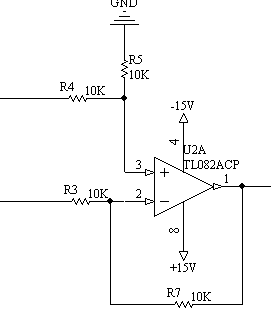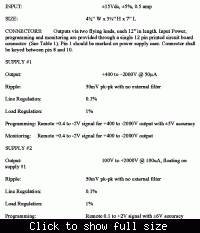karnel
Junior Member level 1

I have pair of op amp circuits which has to provide +0.4V...-2V at OUT#1 and +0.1V...+2V at OUT#2. Can somebody explain what correct input voltages(or currents?) has to be applied to IN1 and IN2 ? And how that circuits work?
Do I need any buf amp on inputs or I can just connect to DAC output directly?
I'm digital guy and analog is a dark area for me (shame).
Do I need any buf amp on inputs or I can just connect to DAC output directly?
I'm digital guy and analog is a dark area for me (shame).




